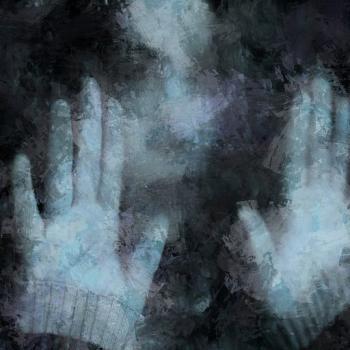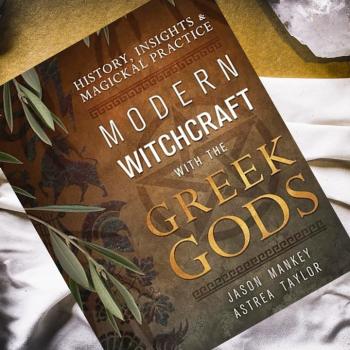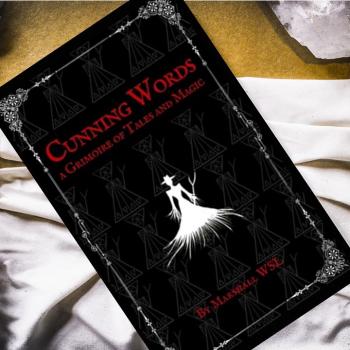Nephthys is a goddess of the Egyptian pantheon that, in my personal opinion, doesn’t get enough recognition and appreciation for the beautiful goddess that she is. In a time where dark deities are becoming more prevalent with pagans and witches, perhaps it’s time to bring Nephthys into the fold.
I had an interesting experience that led me to writing this article. It had been a normal day. I got up early, had my coffee and reading time, which is normal for me. I was going about my day, doing my daily meditation after that, when all of a sudden I got this overwhelming urge to talk about Nephthys. She’s a goddess that I highly admire and have worked with in the past. Anyhow, this is the result of that urge.
I distinctly remember the first time that I encountered Nephthys, as clearly as if it had just happened. I was in college at the time, feeling a bit overwhelmed with life – having to juggle going to school, working full time to support myself, dealing with a load of personal issues, and trying to maintain a social life while all trying to take time to take care of myself. I believe it was a fall day, a bit chilly, but not to the point where you couldn’t spend time outdoors.There was a nice, cool breeze in the air. I went to one of the local parks, which happened to sit right along the Wabash River.
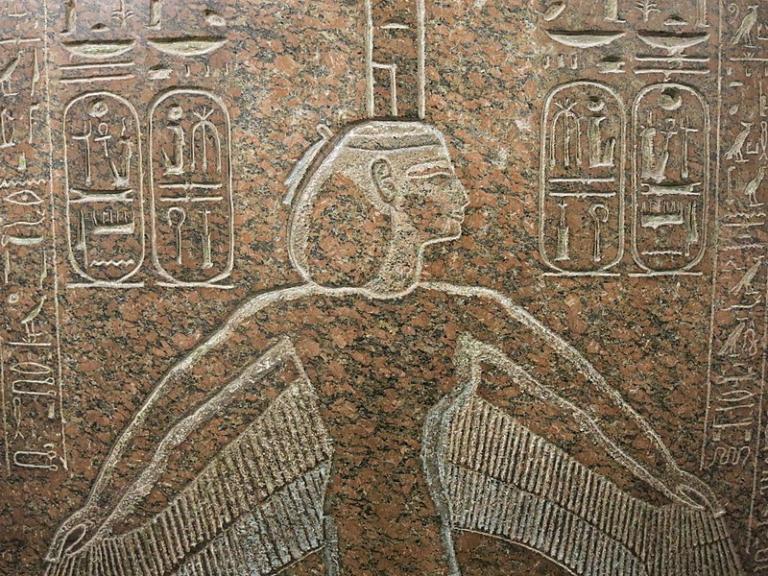
I sat down on one of the benches along the banks of the river, facing west, with the intention to meditate, or at least just breathe to clear my mind and find stillness in myself. I found myself going deeper, more and more relaxed. It wasn’t common for me to do this kind of thing outdoors, but I went with it and let myself fall into the state. Before I knew it, I could see the river in my mind’s eye in full detail. The odd thing is that I don’t typically have visionary experiences so vivid as this one, so it was an interesting and welcoming experience that I, again, went with.
A woman with long, dark, flowing hair walked straight out of the water towards me, but her clothing did not appear to be wet from the water. She had olive-toned skin and wore a long, white dress with gold trim around the edges, in the style you might see in depictions of Egyptian goddesses. She wore golden jewelry and adornments as well. Her dress was loose enough to dance in the wind as she walked. She smiled at me as she approached me. The energy I got from her was that of magic, balance, love, beauty, yet also power, protection, sovereignty and darkness. Nothing particular happened from there; it was just a moment of this overwhelming feeling of protection and love from a beautiful goddess.
Unfortunately, there isn’t a lot in the way of modern interpretations of Nephthys, nor are there a lot of tales that speak much of her in extended detail, so a lot of what is given about her comes from UPG (unverified personal gnosis). Since that day, I have always had a huge admiration and love for Nephthys. She has always been a part of my practice in some way.

Nephthys, also known as Neb-thet or Nebet-Het, is the daughter of Geb (god of the Earth) and Nut (goddess of the skies). Her name is thought to mean “lady of the house” (as in a temple or temple chamber rather than the actual house/home). She is the sister of Osiris, Set, and Isis. As Osiris became paired with Isis, she was paired with Set. She is often portrayed as a young woman, sometimes with wings, with a headdress of a basket. She is a goddess associated with magic, death & the afterlife, grieving & mourning, gratitude, protection, healing, childbirth, intuition, life, dream work, twilight, darkness, rebirth, sovereignty, and much more. She is associated with hawks, kites, and vultures and also the element of Earth. She is also connected with the Nile, making her a river goddess. This makes sense to me why she would appear to me as she did. I remember that, at that time, I had recently read this association with her through a fictional story based on historically accurate myths.
Nephthys is closely connected to her sister Isis, and she is the darkness to Isis’ light, a key to balance in Egyptian magic. This should not be misunderstood to mean that she is “evil” by any means; she is a goddess seen to bring the darkness into light, healing through this process. Balance, magic, and mystery.
She has a connection with Anubis. According to Plutarch’s version of the story, she is Anubis’ mother with Osiris, though there are variations of this story and much older suggestions that Anubis is actually the son of Ra and Hesat. Plutarch’s myth says that Nephthys used her magic to disguise herself as her sister Isis, and she tricked Osiris into sleeping with her, thus producing the offspring Anubis.
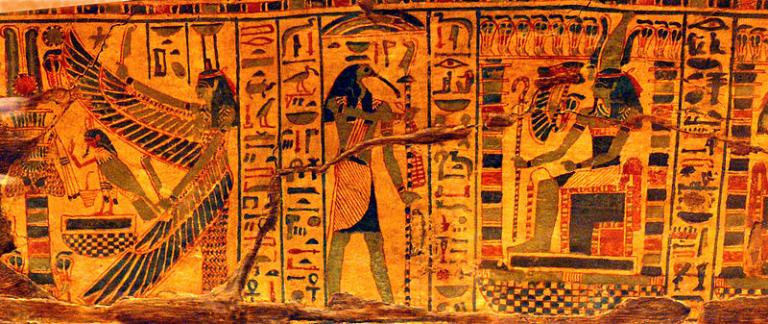
Another interesting myth involves the whole family, basically. Set, god of chaos and storms, in a bout of anger and vengeance, killed his brother Osiris. He chopped up Osiris’ body into little tiny pieces, and scattered them throughout the lands. Isis and Nephthys searched for the pieces of his body and found everything but his penis (which is partially why Osiris is sometimes depicted with an erect penis of a different color). Nephthys is associated with death, especially the grieving and mourning process, since she helped her sister in that way. She sought out Anubis’ help to put his body back together, and thus Anubis invented the rite of embalming and mummification to preserve his body. Isis then used her magic taught to her by Thoth (god of knowledge, magic, and writing) to bring him back to life. This was how Osiris came to be associated with both the underworld and rebirth.
The Lady of the Temple was symbolically represented in the pylons and walls that surrounded the inner temples in Egypt. Likewise, her roles as protectress extends to the inner temple that resides in all of us. Nephthys waits in the shadows of our own darkness, guiding those who seek her towards healing, protection, and empowering the self. Find her in the quietness of your inner temple.









